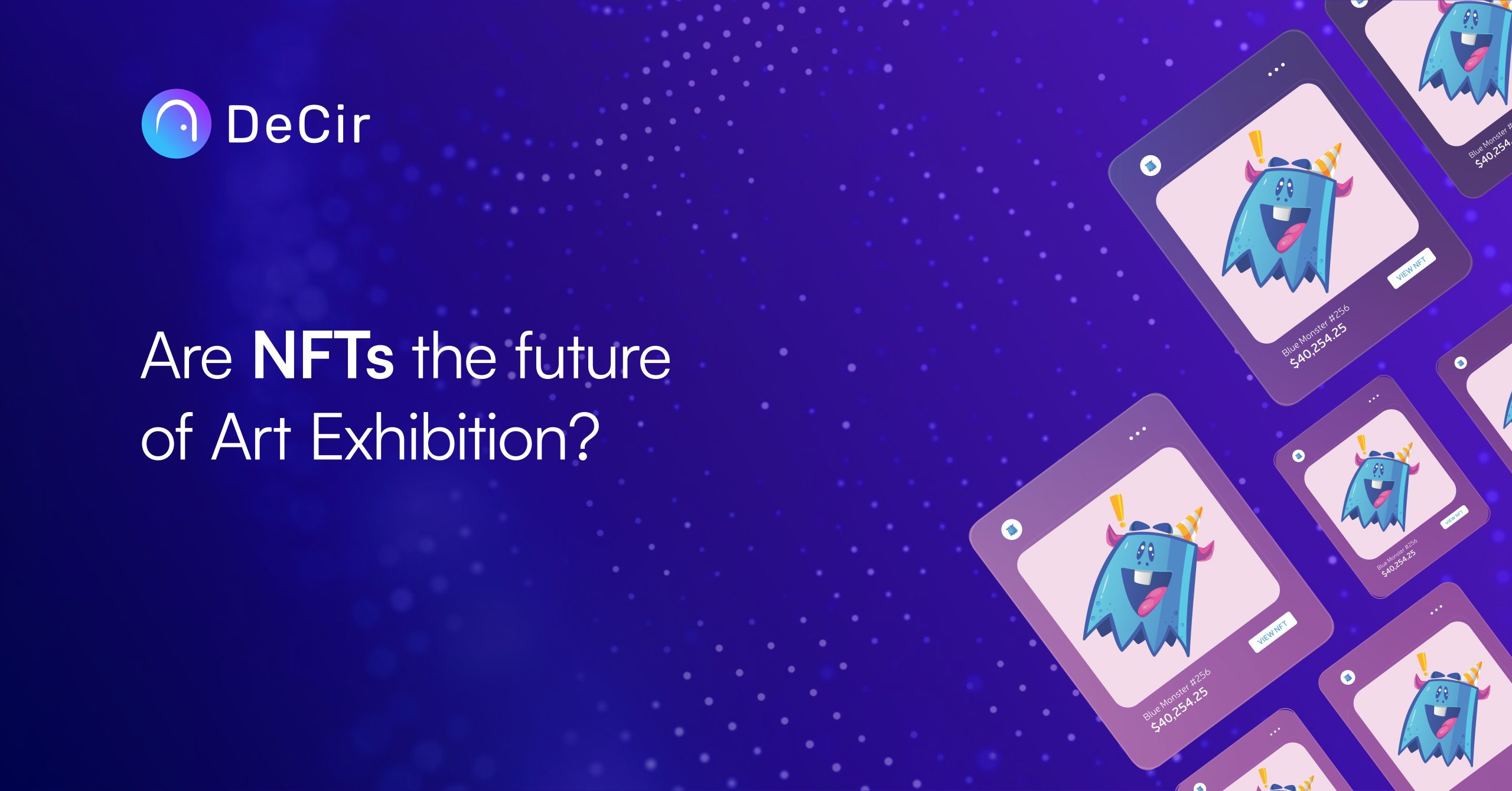Art has been a part of mankind for centuries. Paintings, drawings, woodwork, and sculpture have been sources of art expression in the past. Could NFTs be the new frontier for the showcasing and preservation of art exhibitions in this present age? This article explains how NFTs are the future of art exhibitions.
TL;DR
- NFTs protect the intellectual property rights of artists and prevent art theft
- NFTs make art exhibitions accessible to a global audience.
- NFT art exhibitions are set to grow as virtual experiences grow in the age of the metaverse.
Protecting against art theft
Art fraud has been a common issue in the art industry for a very long time. Upcoming artists could have their works stolen (or ideas copied) while seeking exposure.
NFT art primarily stops art theft. Artists can now mint their artworks on the blockchain and generate unique metadata that is non-fungible. NFTs are permanently stored on the blockchain. Thus, the originality of an artwork can be easily verified as more marketplaces continue to implement ways of identifying art fraud.
Additionally, NFT preserves art by removing the danger of theft of physical art. Preserving iconic arts has been a major challenge throughout history. Popular artworks have been stolen and recovered, while many others are yet to be found to this day. NFT offers a virtual representation of art that is durable and cannot be stolen.
Also read: 5 things your business should consider before NFT launch
Enhanced user experience
The world is gravitating towards the virtual world; art exhibitions and experiences are meant to follow suit. Modern user experiences are characterized mainly by the ability to offer enhanced virtual experience, the art industry must adopt these trends in order to stay in tune with user demands.
There are two ways to achieve this. First, galleries and art museums could go digital. Going digital in this case means that galleries will adopt digital technologies. The digital technology will involve transforming existing art into NFT and showcasing them on digital boards to visitors.
Secondly, art galleries could go fully digital by offering virtual experiences in the metaverse. The metaverse offers a fully immersive environment for art galleries to redefine experiences for visitors.
Other perks, such as art history and storytelling, could become more immersive too. The metaverse brings life to art exhibitions and adds color to the overall user experience.
Interesting to read: How do investment DAOs work?
Attracting a global audience
NFT offers art galleries the means to attract a global audience. By offering NFTs in the metaverse, art galleries could expand their reach to new audiences. They could also offer new forms of art in the form of dynamic NFTs.
Today, NFT art galleries are gradually coming to light and NFT art exhibitions are becoming the trend in the world of art.
Conclusion
NFT adds immense value to the art industry. It offers a viable solution to art theft and opens up art exhibitions to a global audience. Indeed, NFTs are the future of art exhibitions.


